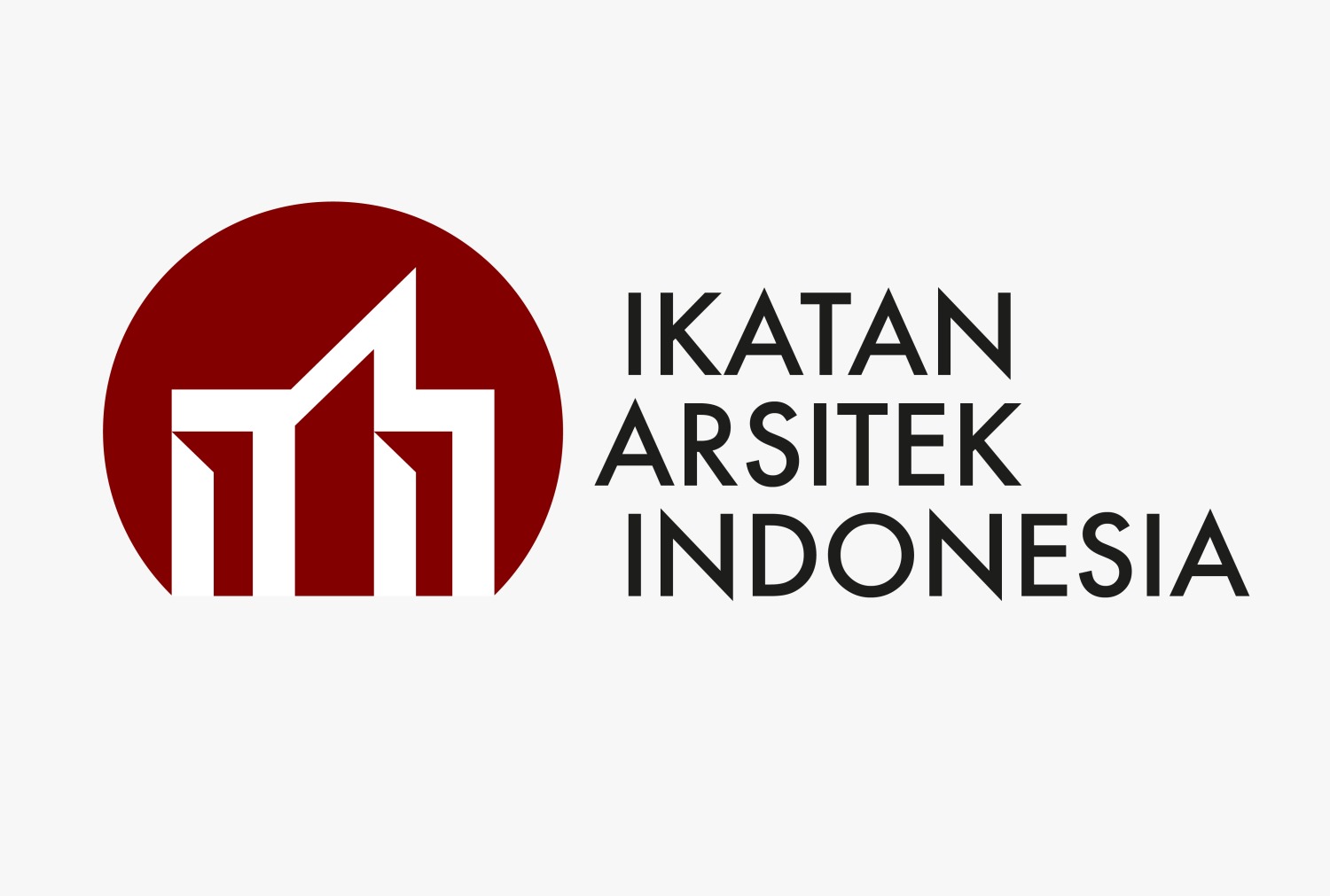Penguatan Ruang Ekonomi Kreatif Desa Mandiri Budaya
DOI:
https://doi.org/10.31101/juara.v7i1.3122Keywords:
Kalurahan Pandowoharjo, Desa Mandiri Budaya, Ruang Ekonomi KreatifAbstract
Downloads
References
Agustian, E., & Agustina, M. (2023). Strategi Perencanaan Pembangunan Kawasan Science Techno Park (STP) di Kota Palembang. Jurnal Arsitektur Dan Perencanaan (JUARA), 6(1).
Alur, M., & Timmons, V. (2009). Inclusive Education across Cultures: Crossing Boundaries, Sharing Ideas. SAGE Publications India Pvt Ltd.
Auditama, E., & Natalia, A. D. R. (2022). Perancangan Creative Leisure Space di Kota Yogyakarta Dengan Pendekatan Rekreatif-Edukatif. Siar III. http://siar.ums.ac.id/
Crăciun, A. M., Dezsi, Ștefan, Pop, F., & Cecilia, P. (2022). Rural Tourism—Viable Alternatives for Preserving Local Specificity and Sustainable Socio-Economic Development: Case Study—“Valley of the Kings†(Gurghiului Valley, Mureș County, Romania). Sustainability (Switzerland), 14(23). https://doi.org/10.3390/su142316295
Creswell, J. W. (2015). Penelitian Kualitatif & Desain Riset: Memilih di Antara Lima Pendekatan. Pustaka Pelajar.
Peraturan Gubernur DIY Nomor 93 tahun 2020 tentang Desa Kalurahan Mandiri Budaya, Pub. L. No. Nomor 93 tahun 2020, Daerah Istimewa Yogyakarta (2020).
Farah, N. H., Hardiana, A., & Muqoffa, M. (2018). Planning and Designing the Creative Industry and Start-Up Co-Working Space in Surakarta. ARSITEKTURA, 16(2), 185. https://doi.org/10.20961/arst.v16i2.22060
Ghecham, M. A. (2017). The Impact of Informal Sector on Income Distribution: Could Concentration of Income be Explained by The Size of Informal Sector? International Journal of Economics and Financial Issues, 7(1), 594–600.
Hantono, D., & Ariantantrie, N. (2018). Kajian Ruang Publik dan Isu yang Berkembang di Dalamnya. Vitruvian, 8(1), 43. https://doi.org/10.22441/vitruvian.2018.v8i1.005
Irawati, N., Prakoso, A. A., & Oktaviani, N. R. (2022). Strategi Manajemen Pemasaran Berbasis Fishbone Analysis Di Desa Wisata Kasongan Kabupaten Bantul Daerah Istimewa Yogyakarta. Jurnal Teknologi Informasi, XVII(1), 26–35.
Irawati, N., & Priyanto, S. E. (2019). Strategi Pengelolaan dan Pengembangan Desa Budaya di Yogyakarta. In Seminar Nasional Struktural 2018 (pp. 21–38). https://doi.org/10.33810/273076
Kelurahan Pandowoharjo. (2022). Kondisi Umum Kalurahan Pandowoharjo. https://pandowoharjosid.slemankab.go.id/assets/files/dokumen/kondisi%20umum.pdf
López-Sanz, J. M., Penelas-LeguÃa, A., Gutiérrez-RodrÃguez, P., & Cuesta-Valiño, P. (2021). Rural Tourism and the Sustainable Development Goals. A Study of the Variables That Most Influence the Behavior of the Tourist. Frontiers in Psychology, 12. https://doi.org/10.3389/fpsyg.2021.722973
Mimbar. (2021, February 22). Pemda DIY Tetapkan Kalurahan Pandowoharja Sebagai Desa Mandiri Budaya. Https://Mimbar.Co.Id/Pemda-Diy-Tetapkan-Kalurahan-Pandowoharja-Sebagai-Desa-Mandiri-Budaya/.
Moriset, B. (2014). Building New Places of the Creative Economy The Rise of Coworking Spaces. 2nd Geography of Innovation International Conference 2014 . www.creativewallonia.be
Mukherjee, D. (2016). Informal Economy in Emerging Economies: Not a Substitute but a Complement! International Journal of Business and Economic Development, 4(3), 16.
Nurdiani, N., Hendarti, R., & Tedja, M. (2020). Physical Quality of Creative Economic Space on Cultural Tourism Areas in Java Island. IOP Conference Series: Earth and Environmental Science, 452(1). https://doi.org/10.1088/1755-1315/452/1/012057
Nurdiani, N., Mariana, Y., & Wangidjaja, W. (2016). Typology of Creative Economy Space in Setu Babakan Betawi Village, Srengseng Sawah-Jakarta. Livas.
Pearce II, J. A., & Robinson Jr., R. B. (2014). Manajemen Strategis: Formulasi, Implementasi dan Pengendalian. Salemba Empat.
Permatasari, A. L. (2019). Pemetaan Partisipatif Untuk Pengembangan Pariwisata Di Desa Pandowoharjo Kabupaten Sleman. Seminar Hasil Pengabdian Masyarakat.
Prakoso, A. A. (2022). Konsep dan Teori Desa Wisata. CV. Pena Persada.
Prayitno, B., Prakoso, A. A., Hantono, D., Butudoka, Z., & Yulisaksono, D. (2021). Aspect of Public Space in the Informal Economic Space at Low-Cost Apartment Building (Rusunawa) in Surabaya. Idealog: Ide Dan Dialog Desain Indonesia, 6(1), 49. https://doi.org/10.25124/idealog.v6i1.3897
Rangkuti, F. (2014). Analisis SWOT: Teknik Membedah Kasus Bisnis Cara Perhitungan Bobot Rating Dan OCAI. Gramedia Pustaka Utama.
Refranisa, Lestari, F., & Wicaksono, R. (2022). Strategi Penataan Kampung Wisata Tepi Sungai. Jurnal Arsitektur Dan Perencanaan (JUARA), 5(2), 1–14.
Setiawan, B., Rijanta, R., & Baiquni, M. (2017). Sustainable Tourism Development: the Adaptation and Resilience of the Rural Communities in (the Tourist Villages of) Karimunjawa, Central Java. Forum Geografi, 31(2), 232–245. https://doi.org/10.23917/forgeo.v31i2.5336
Suminar Ayu, A., Dwihantoro, P., & Lokantara, I. G. W. (2020). Understanding Creative Economy Concept through Innovation Adopters Perspective. Komunikator, 12(1). https://doi.org/10.18196/jkm.121031
Yin, R. K. (2014). Case Study Research: Design and Methods (Fifth Edit). Sage Publications.
Downloads
Published
How to Cite
Issue
Section
Citation Check
License
With the receipt of the article by the JUARA and the decision to be published, then the copyright regarding the article will be diverted to Journal of JUARA. Universitas 'Aisyiyah Yogyakarta as the publisher of Journal of JUARA hold the copyright regarding all the published articles in this journal.
Journal of Health Studies is licensed under a Creative Commons Attribution-ShareAlike 4.0 International License.




